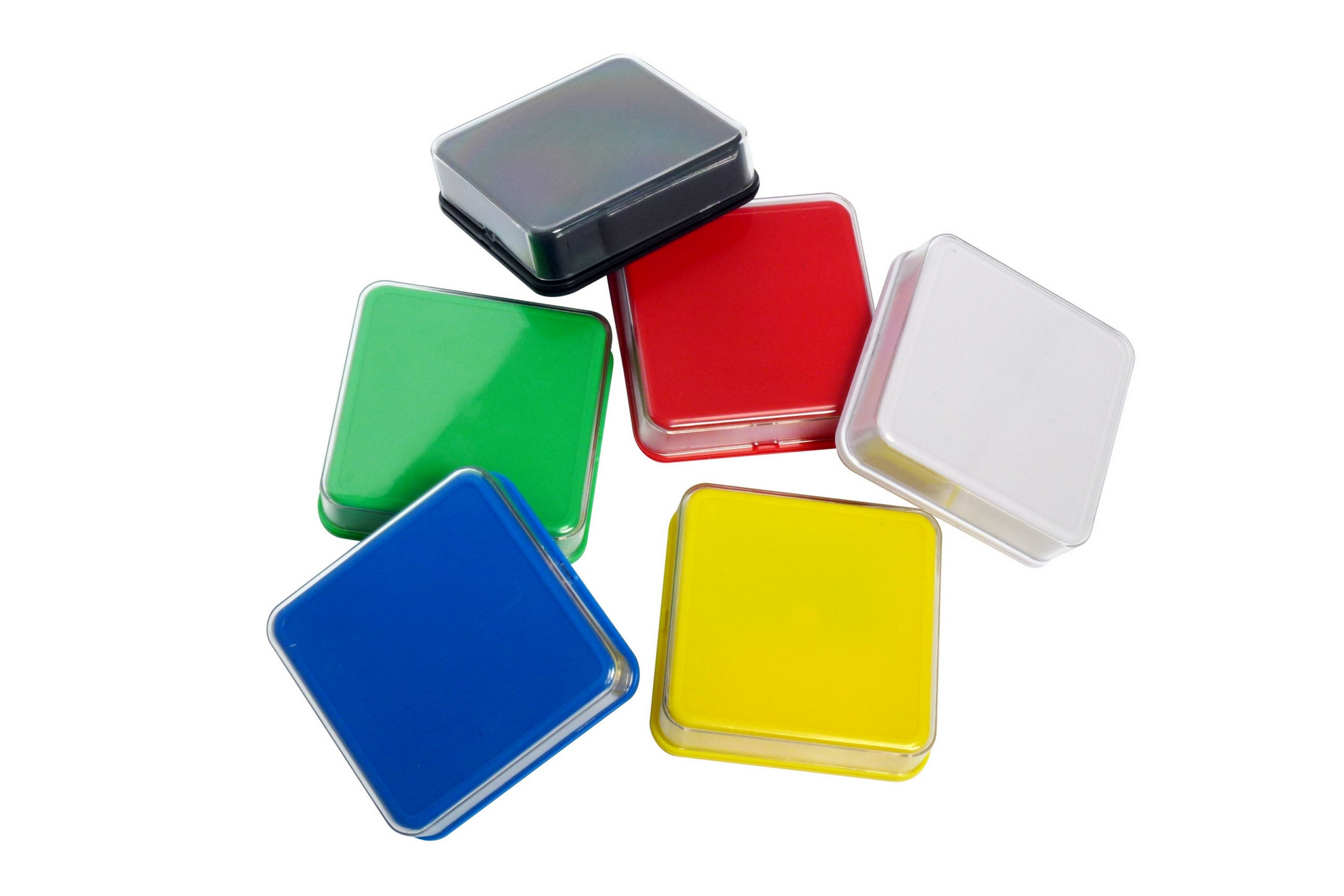BLOG


Few Simple but Effective Tips for your Sensory Child
Sensory children do require special help. This becomes far more important to their parents as they can be their guiding light for the rest of their life and help them to a large extent to build some sort of a character and life. Reports have shown that sensitivities can differ from one child to other, and some are easier to control than the others. It has also been seen that some of the sensitivities do stay for the rest of the life; on the other hand, some sensory objectives are easier to give up. Easier said than done, it takes a huge amount of effort to take care of a sensory child and there needs to be a thorough planning with extreme dedication.
Points to look upon:-
- What is the real deal: - Sensory disorders are normally termed as SID that is Sensory Integration Disorder, a concept that was developed in the 1970’s by A Jean Ayres who was a psychologist and A PhD in this field, whose efforts led to the development of occupational therapies. Sensory integration was the therapy and that helped to give therapies to sensory children with disorders such as autism, learning disorder, developmental coordination disorder, Asperger’s syndrome and many disorders related to these. This basic therapy proved to be base for driving a hope into the life of such children and inspiring works has been done in this scenario.
- Major symptoms: - There are a lot of symptoms related to SID and parents should know about them as early as possible to provide exact help to their kids with sensitivity. Distractibility, extreme sensitivity, social problems, hyper or hypo activity, impulsivity, lack of self control, delays in speech, delays in academic development, unable to make oneself be understood; are some of the major symptoms that may assist you to take care of your child and supplement the exact, appropriate therapy.
- Trial and error to start with: - If you have got to help your child, trial and error is probably the most basic step to look forward to. Try attaching your child to the object of sensitivity slowly and understand the level of sensitivity and the problem associated with it. This can help to bring out the exact problem associated with your child. Reports have suggested that through continuous slow attachment to the sensitive object/feeling with the subsequent care of the parents, sensitivity problems have been cured and taken care of.
- Understanding your child: - This is really important as SID is related directly to the brain. Sensitised integration occurs automatically and the brain starts sending signals that trigger sensitive behaviour on attachment with such feelings/objects. Once the brain gets used to the fact, it is an ongoing process. Hence, for parents, it is essential to get to the base of the problem and then taking the help of a psychiatrist who can prescribe a routine, such problems can be mastered. It is to be understood that the therapy takes a lot of time and patience; hence, it is good to be dedicated.
Sensory child problems have been on the rise, even so, with the globalisation of the world and changing of the way parents raise their children. The basic point of understanding is that parents should feel their sensory child from the nearest and stay with them to provide that much needed support.

